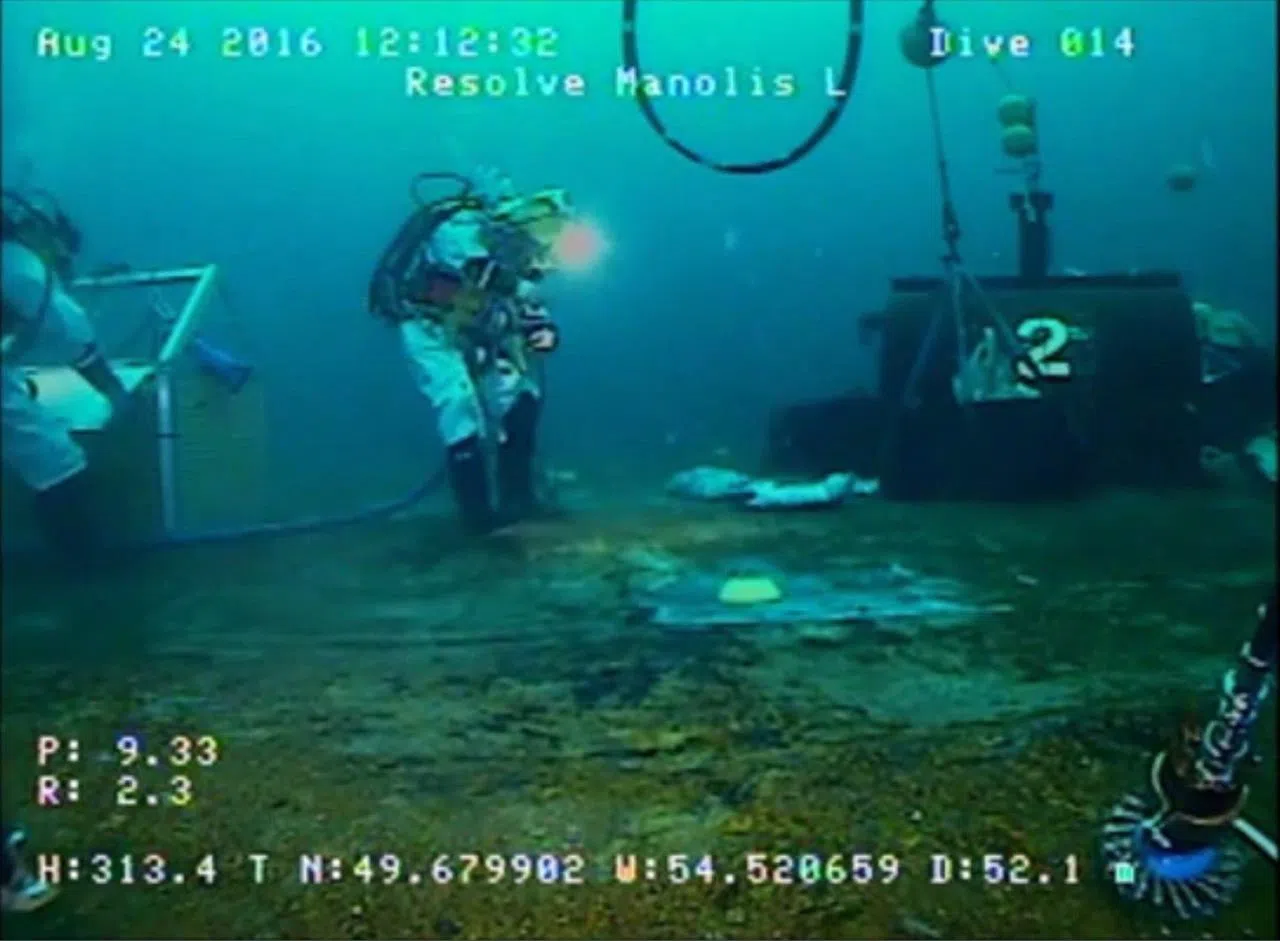
Crews to remove oil from decades-old shipwreck off Newfoundland coast
TWILLINGATE, N.L. — More than three decades after the Manolis L sunk off Newfoundland’s picturesque Notre Dame Bay, the tricky task of extracting leaking bulk oil from the shipwreck has begun.
The paper carrier sank near Change Islands in 1985 in about 70 metres of water and was dormant until April 2013, when fuel oil leaked from cracks in the hull during a powerful storm.
The coast guard installed devices to plug leaks and catch oil, but small sheens in the water and oiled seabirds have been reported since 2013. Ottawa awarded a $15-million cleanup contract to Ardent Global this spring.
The vessel is too deep for divers to safely attach the removal equipment to the hull of the ship, so remotely operated underwater vehicles (ROVs) will be used to pinpoint the best location to magnetically attach the hoses for drilling and extraction.


